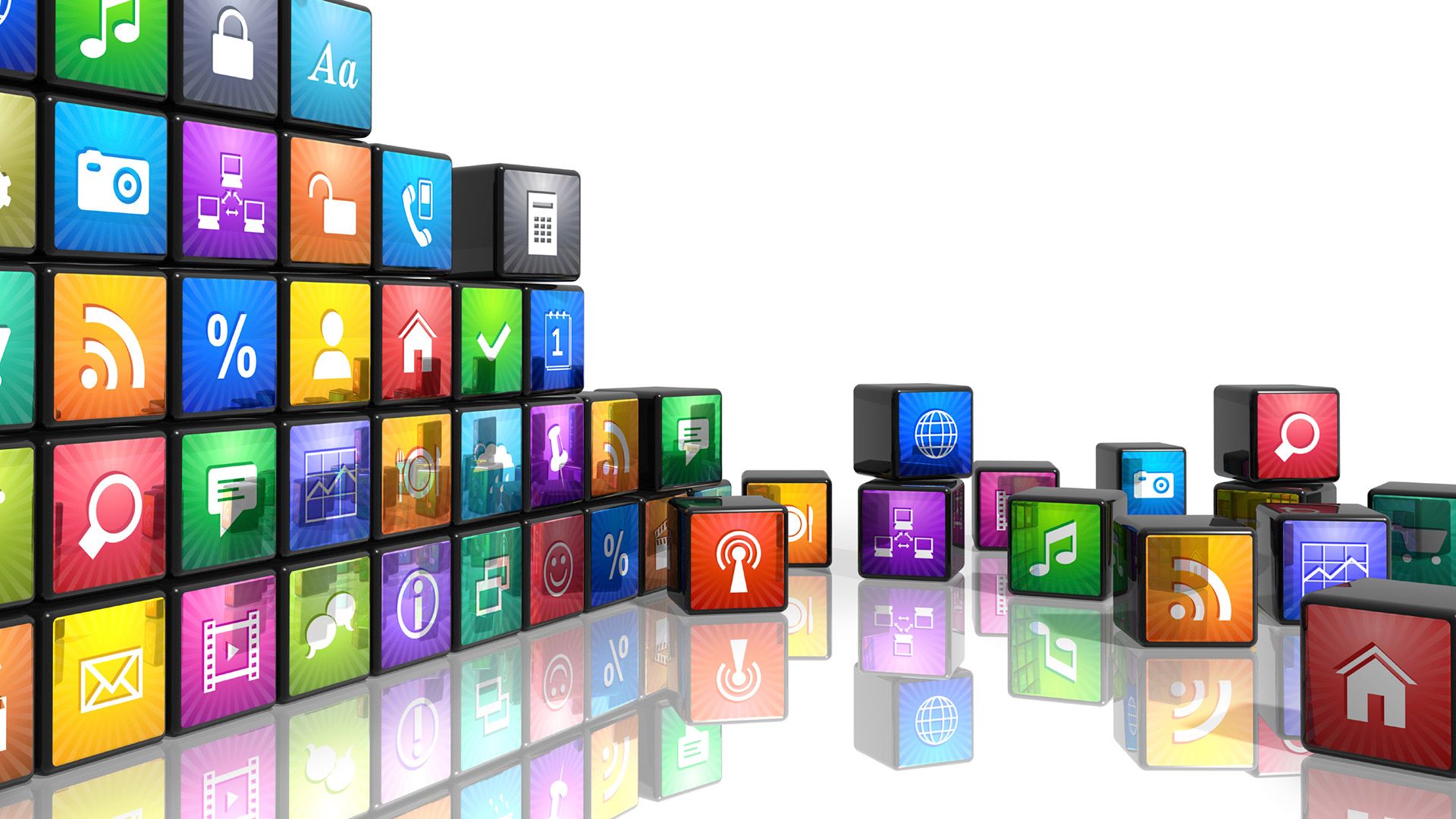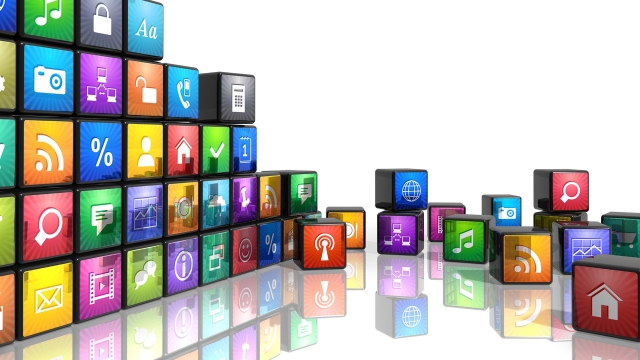In today’s rapidly evolving digital landscape, mobile applications have become an integral part of our daily lives. From social media platforms to productivity tools, these apps have revolutionized the way we work, communicate, and entertain ourselves. Behind every successful mobile app lies an intricate process called software design and development, where the art and science come together to create seamless user experiences.
Software design and development is both a creative and technical endeavor that involves crafting innovative solutions to meet the ever-changing demands of mobile users. It encompasses a wide range of disciplines, from user interface (UI) design to programming and testing. The goal is to create mobile applications that are intuitive, visually appealing, and functionally robust.
When it comes to mobile apps, there are various types, each catering to different needs and preferences. Whether it’s a gaming app that transports users to virtual worlds or a travel app that simplifies trip planning, the possibilities are endless. Moreover, mobile applications are not limited to smartphones anymore; they have expanded to include tablets, smartwatches, and other smart devices, amplifying their reach and impact.
In this article, we will delve into the exciting world of software design and development for mobile apps. We will explore the intricacies involved in creating exceptional user experiences, discuss the different types of mobile applications, and uncover the secrets to unleashing innovation in this fast-paced industry. So, buckle up and get ready to embark on a journey where creativity meets technology, where design and development merge, and where the future of mobile apps is waiting to be discovered.
1. The Importance of Mobile Apps
Mobile applications have become an integral part of our lives, revolutionizing the way we interact with technology. Today, the use of smartphones and tablets has skyrocketed, making mobile apps essential for businesses and individuals alike.
Software design and development play a crucial role in creating mobile apps that are not only visually appealing but also highly functional. These apps are designed to cater to a wide range of needs, including entertainment, productivity, communication, and utility.
Types of mobile applications vary greatly, from social media platforms to e-commerce and gaming apps. Each type serves a specific purpose, addressing the diverse requirements of users. Whether it’s connecting with friends on social networks, shopping online, or playing games on the go, mobile apps provide convenience and accessibility like never before.
With the rapid advancements in technology, mobile applications are constantly evolving to meet the changing preferences of users. Developers are constantly striving to create innovative and user-friendly apps that enhance the overall mobile experience.
In conclusion, mobile apps have become an indispensable part of our daily lives, transforming the way we engage with technology. By embracing software design and development principles, we can continue to unleash innovation and create mobile applications that cater to our evolving needs and desires.
2. Mastering Software Design and Development
In the world of mobile apps, software design and development play a crucial role. It is the art and science behind creating innovative and functional applications that drive the digital age. Mastering this process requires a deep understanding of both the technical aspects and the creative elements involved.
When it comes to software design and development, there are various types of mobile applications to consider. From productivity tools to entertainment platforms, the possibilities are endless. Each type requires a unique approach in terms of functionality, user experience, and overall design. The process of mastering software design and development involves identifying the target audience and tailoring the application to suit their needs.
To ensure success in the world of mobile applications, software design and development go hand in hand. It’s not just about coding and programming but also about understanding user behavior and preferences. By combining technical expertise with a creative mindset, developers can create seamless and intuitive experiences that resonate with the users.
In conclusion, software design and development are essential elements in unleashing innovation in the world of mobile apps. By mastering this art and science, developers can create mobile applications that cater to a wide range of needs and preferences. It is a seamless blend of technical skills and creative thinking that paves the way for groundbreaking and user-centric mobile experiences.
3. Exploring Types of Mobile Applications
In the world of Software Design and Development, mobile apps have become an integral part of our everyday lives. These applications are designed and developed to cater to various needs and preferences of users. Let’s take a closer look at some of the different types of mobile applications that are available today.
-
Utility Applications: Utility apps are designed to provide specific functionality and solve particular problems for users. These apps are highly practical and often perform tasks such as file management, system optimization, or communication. Examples of utility applications include file managers, barcode scanners, and language translators.

Entertainment Applications: As the name suggests, entertainment apps are solely focused on providing users with enjoyment and leisure. These apps encompass a wide range of categories, including gaming, streaming services, and social networking. From puzzle games to video streaming platforms, entertainment apps aim to engage and entertain users in their free time.
-
Productivity Applications: Productivity apps are designed to enhance efficiency and assist users in accomplishing tasks. These apps offer features like note-taking, project management, and document editing, helping individuals stay organized and maximize their productivity. Examples of productivity applications include to-do list managers, calendar apps, and collaborative task managers.
Mobile app development continues to evolve, and the possibilities seem limitless. Understanding the various types of mobile applications allows developers to cater to specific user needs and create innovative solutions. Whether it’s utility apps, entertainment apps, or productivity apps, the world of mobile software design and development promises an exciting future for users and developers alike.


